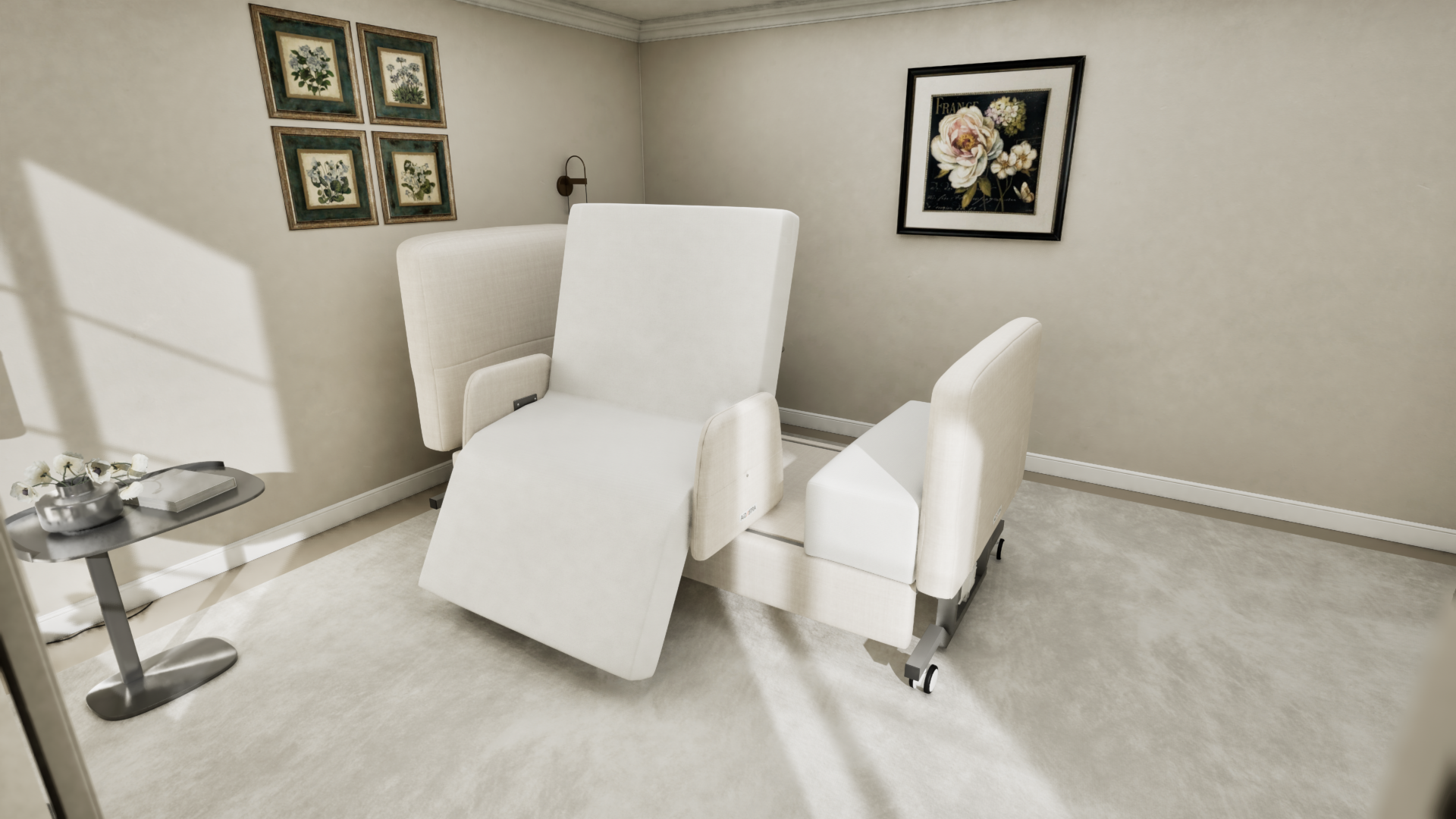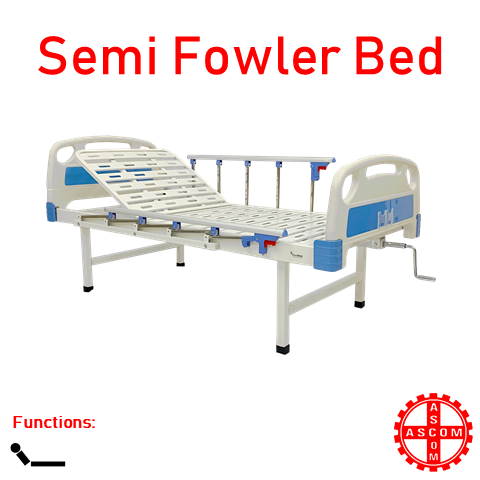Hospital Beds For Home Use Fundamentals Explained
Top Guidelines Of Hospital Beds For Home Use
Table of ContentsThe Basic Principles Of Hospital Beds For Home Use 9 Easy Facts About Hospital Beds For Home Use ExplainedGetting The Hospital Beds For Home Use To WorkSome Known Details About Hospital Beds For Home Use The Single Strategy To Use For Hospital Beds For Home UseHospital Beds For Home Use - The FactsHospital Beds For Home Use Fundamentals Explained
All adjustments are controlled electrically, which is very easy to operate and extremely exact. It is appropriate for celebrations where clients have restricted flexibility or require to adjust their position often. Next, we will check out the characteristics, uses, and Pros and Cons of each type of hospital bed in depth. A hand-operated health center bed is the most basic sort of hospital bed, and all adjustment functions are attained via a hand-cranked tool.These hand-cranked tools are generally installed at the foot or side of the bed, and the caretaker or client can change the elevation or tilt angle of the bed by trembling the handle. Since no electrical components are required, are usually less expensive than electric medical facility beds, suitable for clinical organizations or families with minimal spending plans.
The Definitive Guide for Hospital Beds For Home Use
For people who require to adjust their pose or elevation frequently, hand-operated beds may not be practical sufficient due to the fact that each modification calls for manual procedure. If the bed requires to be adjusted often, taking care of staff may require to spend even more physical strength to operate the hand-cranked device - hospital beds for home use. Handbook beds are typically ideal for individuals in the recovery period or occasions with low nursing requirements
Typically, the change of the back and legs is controlled by electric motors, while the general height modification still requires to be done manually. The purpose of this style is to minimize prices and power consumption while preserving high operational comfort. Compared to manual health center beds, semi-electric healthcare facility beds are a lot more hassle-free in readjusting the back and legs, specifically for patients that need to adjust their position often.
Considering that only some features count on power, semi-electric hospital beds eat less power throughout usage. Given that the total elevation still requires to be changed manually, it may not be as convenient as totally electrical hospital beds for patients that need to change the bed height frequently. Compared with hand-operated healthcare facility beds, semi-electric healthcare facility beds are somewhat a lot more complicated to operate, requiring users to understand the mix of electric and manual procedures.
Electric medical facility beds have high change precision and can be precisely adapted to a particular angle and height according to the demands of individuals to offer the most comfortable assistance. All-electric hospital beds are typically equipped with a selection of extra functions, such as integrated ranges, bed mattress stress change, etc, to fulfill the special needs of various patients.
About Hospital Beds For Home Use
A reduced bed is a specially made health center bed that can be changed to a really low degree, usually only a couple of inches from the ground. The objective of this style is to lower the risk of clients falling from the bed, especially for clients that go to risk of falling, such as the senior or people with limited wheelchair.

The Definitive Guide for Hospital Beds For Home Use
provide a care environment ideal for youngsters's elevation and physique, raising the convenience and security of youngsters. Some pediatric beds are additionally geared up with brightly tinted bed rails or animation decors to minimize the worry of children in the medical facility environment. For kids who need to remain in bed for a very long time, pediatric beds are typically outfitted with anti-bedsore cushions, flexible bed rails and other features to offer comprehensive care assistance.
The shipment bed is additionally outfitted with postpartum healing functions, such as cushion modification, bed home heating, and so on, to help mommies recuperate much faster. The intensive treatment bed (ICU Bed) is developed for the critical care unit (ICU) and has extensive monitoring and nursing features. This type of bed is normally equipped with user interfaces for a variety of surveillance equipment, which can check the client's essential indications in actual time, such as heart rate, high blood pressure, respiration, etc.
About Hospital Beds For Home Use
The intensive treatment bed has a fully electrical adjustment function, which can swiftly readjust the angle and placement of the bed to satisfy the requirements of different therapies and treatment. The layout of ICU bed takes right into account the requirement of rescue operation. The bed can be promptly gotten used to the most appropriate rescue pose and accept making use of rescue tools.
It can successfully separate individuals from the outdoors and minimize the risk of infection transmission. Check Out Your URL Isolation beds are typically furnished with unique bed curtains or sealing covers and attached to air filtration systems to maintain the air around the bed tidy. Seclusion beds are specifically created to stop the spread of microorganisms from infectious clients and safeguard the security of other patients and clinical personnel.
Isolation beds are geared up with air purification systems that can filter microorganisms and particle matter in the air to maintain the air around the bed tidy. Can likewise be adjusted to various settings.
Top Guidelines Of Hospital Beds For Home Use
Bigger and sturdier than a conventional bed. Obese, excessive weight, patient sizeDesigned for individuals at threat of dropping out of bed. Lower to the ground than a conventional bed. Person drops, bed heightDesigned for children. Smaller in size than a basic bed. Pediatrics, child-sized equipmentUsed throughout giving birth. Outfitted with attributes such as stirrups and a headrest.

In a medical care setting, choosing the right bed can not just enhance the effectiveness of care, but additionally significantly enhance client comfort and safety. By recognizing the kinds and uses these beds, medical care centers and household caregivers can much better support and care for their people.
Indicators on Hospital Beds For Home Use You Need To Know
HomeCare Hospital Beds, a division of DiaMedical United States, is dedicated to giving total openness for its consumers. People can be overwhelmed by the various options in long-term treatment products, and HomeCare Health center Beds is committed to simplifying this process, while ensuring clients obtain the information and assistance they require.
Medicare Part B (Medical Insurance coverage) covers hospital beds as long lasting clinical equipment (DME) that your physician prescribes for usage in your house. After you meet the Part B insurance deductible you pay 20% of the Medicare-approved amount (if your distributor approves assignment). Medicare pays for various type of DME in different ways.
